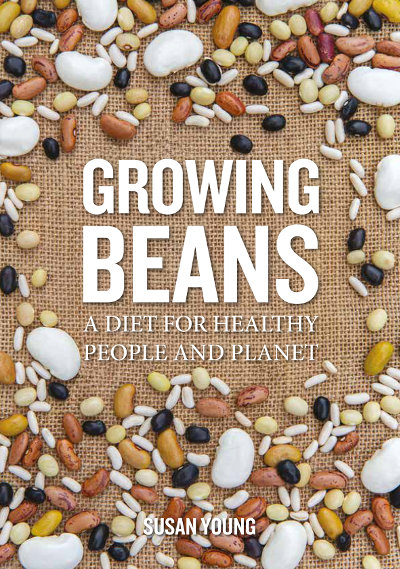 Summary
Summary
From
Permaculture.co.uk - "Growing your own beans not only helps you build healthy soil in your garden, it also provides you with a nutrient-rich diet. Beans can play a role in reducing the risk of obesity, diabetes, heart disease and cancer – they are good sources of protein, fibre, folate, iron and potassium – and they can reduce your carbon footprint and food miles as well!
This fascinating book brings together Susan Young’s 10 years of experimentation with multiple varieties of beans. She clearly explains how to sow, grow, harvest, dry, store and cook them, and shares her six ‘must grow’ varieties.
Go on a tasty culinary journey around the world and discover a range of colourful and historic beans, from the pink ‘Fagiolo di Lamon’ of Italy to the black and white ‘Bosnian Pole’ bean. Learn which varieties are best for eating fresh from the pod and those that are best for drying and storing for later use.
Beans offer year-round nutritious meals, and dried beans can be the star of the show with their fabulous diversity of flavours, colours and textures.
Learn how to grow, store and cook a wide range of nutritious and tasty beans for eating fresh from the vine, or to dry for warming winter meals. Susan Young shares 10 years of experimentation with growing a range of varieties from around the world."
Where to get it?
permaculture.co.uk
Related Videos
Related Threads
Dry bean varieties/sources
Growing Beans Naturally
Cooking with Dry Beans and Peas
Related Websites
Susan Young on Twitter
permaculture.co.uk/







